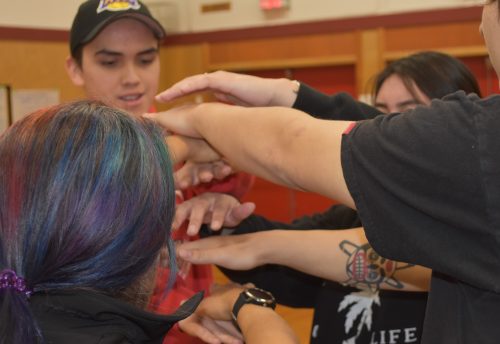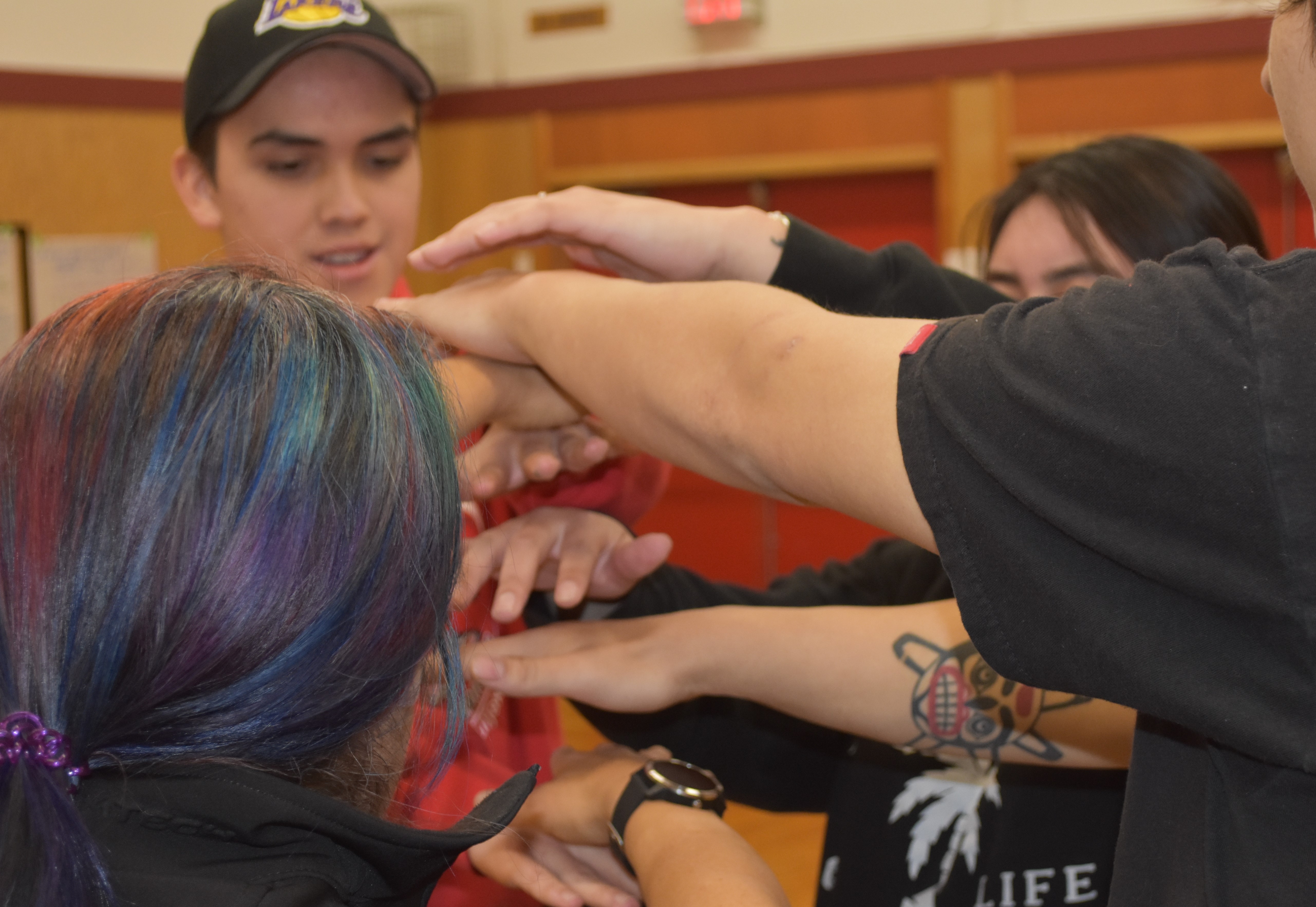Aboriginal to Indigenous: why the change?
 At Sport for Life we believe it is important that we all learn about the history of Indigenous and non-Indigenous peoples in Canada, and take lessons from our past into account when making decisions in the present day. This is best done by taking time to build relationships, learn about protocols and culture, and ask questions with an open heart and open mind. This is a crucial part of our journey to work together promoting physical literacy and quality sport on a global scale.
At Sport for Life we believe it is important that we all learn about the history of Indigenous and non-Indigenous peoples in Canada, and take lessons from our past into account when making decisions in the present day. This is best done by taking time to build relationships, learn about protocols and culture, and ask questions with an open heart and open mind. This is a crucial part of our journey to work together promoting physical literacy and quality sport on a global scale.
For the past six years we have teamed up with the Aboriginal Sport Circle to create resources, educational tools, and workshops to support Indigenous participation in sport and physical activity. In the past we’ve used the collective term Aboriginal, but the accepted terminology has since changed to Indigenous, so we’ve made the decision to update all of our resources and materials to reflect that when referencing First Nations, Inuit, and Métis peoples as a collective.
The switch from Aboriginal to Indigenous terminology is a nationwide change that we’ve observed in other sport, recreation, and service organizations. Several Provincial / Territorial Aboriginal Sport Bodies (PTASBs) have also transitioned to using Indigenous, with each change following a regional decision. We’ve decided this is a good time to follow their lead.
With that being said, the terminology for referencing Indigenous peoples has evolved and continues to evolve over time. To be consistent with language, we acknowledge that the best approach is to build individual relationships with First Nations, Inuit, and Métis peoples, and respect how each individual chooses to be identified. Each community may be from a different nation and have a distinct territorial name, and there are hundreds of nations and distinct territories across Canada.
“Aboriginal Sport Circle is excited to see how the Indigenous Long-Term Participant Development Pathway work has evolved over the past six years. The Truth and Reconciliation Report clearly identifies calls to action around sport and physical activity, and the work that we have been doing in partnership with Sport for Life to move those actions forward with our provincial and territorial partners is gaining traction,” said Janice Forsyth, Board Chair of the Aboriginal Sport Circle.
“In an effort to continue to evolve and respond to an evolving landscape, it is timely to make the change in the naming of the resources from Aboriginal to Indigenous.”
This shift parallels Sport for Life’s other work, which includes educating the public on precise terms such as physical literacy and quality sport. The Aboriginal Sport Circle and Sport for Life, along with the PTASBs, have been leading the way when it comes to identifying and addressing the systemic barriers to Indigenous participation in Canada. This multi-generational work is every Canadian’s responsibility to address. We can do this by building respectful relationships with Indigenous communities and leaders, and by putting the necessary supports and structures in place so that Indigenous people can participate in ways that matter to them and to the communities they come from.

